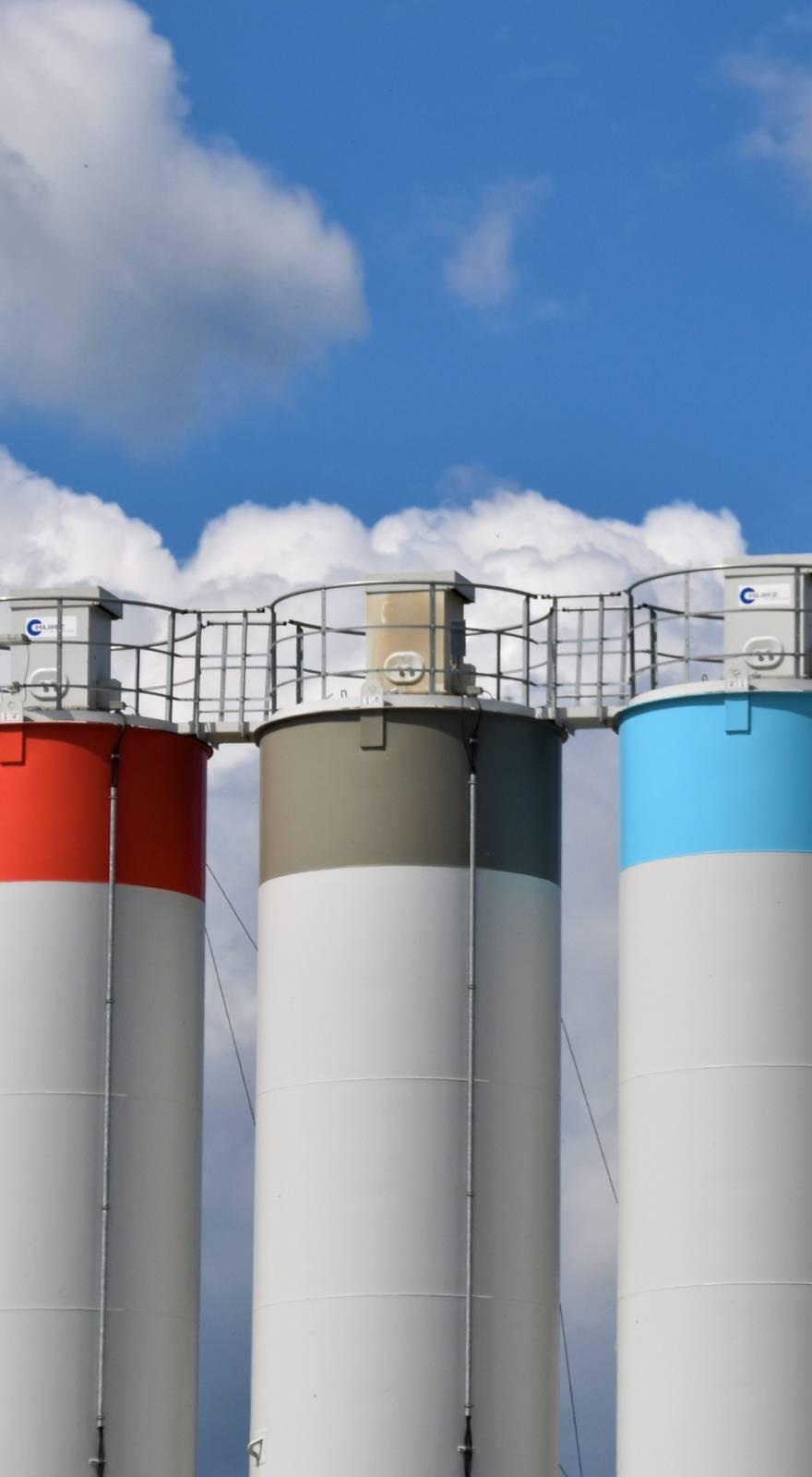Knowde Enhanced TDS
Identification & Functionality
- Base Oil Type
- Chemical Family
- Product Type
- Technologies
- Product Families
Features & Benefits
- Ready-to-Use Product Features
- Benefits of MultiTherm OG-1®
- System heat transfer characteristics last longer due to improved oxidation resistance.
- Excellent Thermal Conductivity at high temperatures.
- Thermal Stability from improved oxidation resistance reduces efficiency robbing components such as coke deposits and particulate build-up.
- Longer oil life means less maintenance, process downtime, less oil disposal, and reduced environmental waste.
- Product Highlights
Oxidation
The most common form of contamination is oxidation of the heat transfer fluid. Excessive oxidation can create solids and high viscosity compounds that impair system effectiveness. Oxidation and fluid boil-off are major problems when using organic heat transfer fluids in an open-loop systems. Oxidation produces organic acids, which can polymerize and create deposits.Open Systems
- MultiTherm OG-1® is designed for use in liquid-phase heat transfer fluid systems, which are “open” to the atmosphere or there is a possibility that the heat transfer fluid in the expansion tank will come in contact with air. To reduce the oxidation process in an open-loop system,
- MultiTherm OG-1® is enhanced with special oxidation inhibitors to prevent this oxidative degradation and deposits.
- MultiTherm OG-1® heat transfer fluid is designed for a maximum film temperature of 600°F / 316°C and a maximum system bulk temperature of 550°F / 290°C.
Low Vapor Pressure
MultiTherm OG-1® heat transfer fluid has a very low vapor pressure. This is important because fluid boil-off is an issue in open-loop systems. The rate of boil-off of a heat transfer fluid is dependent on the fluid vapor pressure. The higher the vapor pressure, the greater the rate of fluid boil-off.High Flash Point
- MultiTherm OG-1® offers the benefit of having a high flash point of 455°F / 235°C. It also offers the extra benefit of having a higher Fire Point then most other heat transfer fluids. MultiTherm OG-1® has a Fire Point of 520°F / 271°C.
Applications & Uses
- Markets
Properties
- Appearance
- Clear, Liquid, Colorless
- Physical Properties
- Physical Properties
Temperature Specific Gravity Viscosity Specific Heat Thermal Conductivity Vapor Pressure °C cSt Btu/(lb-°F) Btu/(h-ft-°F) mm Hg -18 0.883 2742 0.418 0.0818 -6.7 0.881 639 0.42 0.0815 10 0.869 229 0.456 0.0794 38 0.852 42 0.476 0.079 65.6 0.836 16.3 0.49 0.0787 93 0.821 7.2 0.514 0.0783 0.0031 121.1 0.805 4.3 0.536 0.0779 0.01472 148.8 0.791 2.8 0.562 0.0769 0.18 176.7 0.776 2 0.587 0.0763 0.85 204.4 0.762 1.5 0.605 0.0757 3.1 232.2 0.747 1.2 0.631 0.0753 6.42 260 0.733 0.93 0.659 0.075 40.5 287.8 0.721 0.83 0.684 0.0747 70 316 0.709 0.7 0.7 0.074 140 Temperature Density Viscosity Specific Heat Thermal Conductivity Vapor Pressure °C g/cc m2/s cSt J/(kg-°K) W/(m-°K) mm Hg -20 0.884 3030 1742 0.1416 -10 0.879 1734 1777 0.1412 0 0.872 432 1813 0.1388 10 0.868 229 1861 0.1381 20 0.861 110 1909 0.1374 40 0.85 33.5 1993 0.1367 60 0.839 18.6 2010 0.1365 80 0.827 10.3 2031 0.1364 0.0002 100 0.816 5.6 2102 0.1357 0.00096 120 0.805 4.4 2177 0.1353 0.00415 140 0.794 3.2 2248 0.1348 0.01176 160 0.783 2.4 2324 0.1334 0.065 180 0.773 1.9 2395 0.1327 0.032 200 0.763 1.6 2470 0.1319 0.96 220 0.752 1.3 2571 0.1305 4.5 240 0.742 1.14 2688 0.1302 15 260 0.732 0.93 2759 0.1298 40.6 280 0.722 0.868 2834 0.1295 54 300 0.713 0.77 2906 0.1289 95 316 0.708 0.7 2931 0.1281 140
| Value | Units | Test Method / Conditions | |
| Pour Point | -42.0 | °C | ASTM D97 |
| Density (15°C) | 0.8624 | g/ml | - |
| Fire Point | 235.0 | °C | ASTM D92 |
| Fire Point | 271.0 | °C | ASTM D92 |
| Autoignition Temperature | 357.0 | °C | - |
| Atmospheric Boiling Point (10%) | 373.0 | °C | ASTM D1160 |
| Film Temperature | max. 316 | °C | - |
| Recommended Bulk Temperature | max. 290 | °C | - |
| Molecular Weight | 394.0 | - | - |
| Neutralization Value | 0.0 | mg KOH/gm | - |
| Pumpable, Temperature (2000cP) | -20.0 | °C | - |
| Heat of Vaporization (316°C) | 977.0 | kJ/kg | - |
| Heat of Combustion | 43.9 | MJ/kg | - |
| Coefficient of Thermal Expansion | 0.00102 | °C | |
| Specific Gravity (38°C) | 0.852 | - | - |
| Viscosity (38°C) | 42.0 | cSt | - |
| Specific Heat (38°C) | 0.476 | Btu/(lb-°F) | - |
| Thermal Conductivity (38°C) | 0.079 | Btu/(h-ft-°F) | - |
| Chemical Type | White Mineral Oil |

